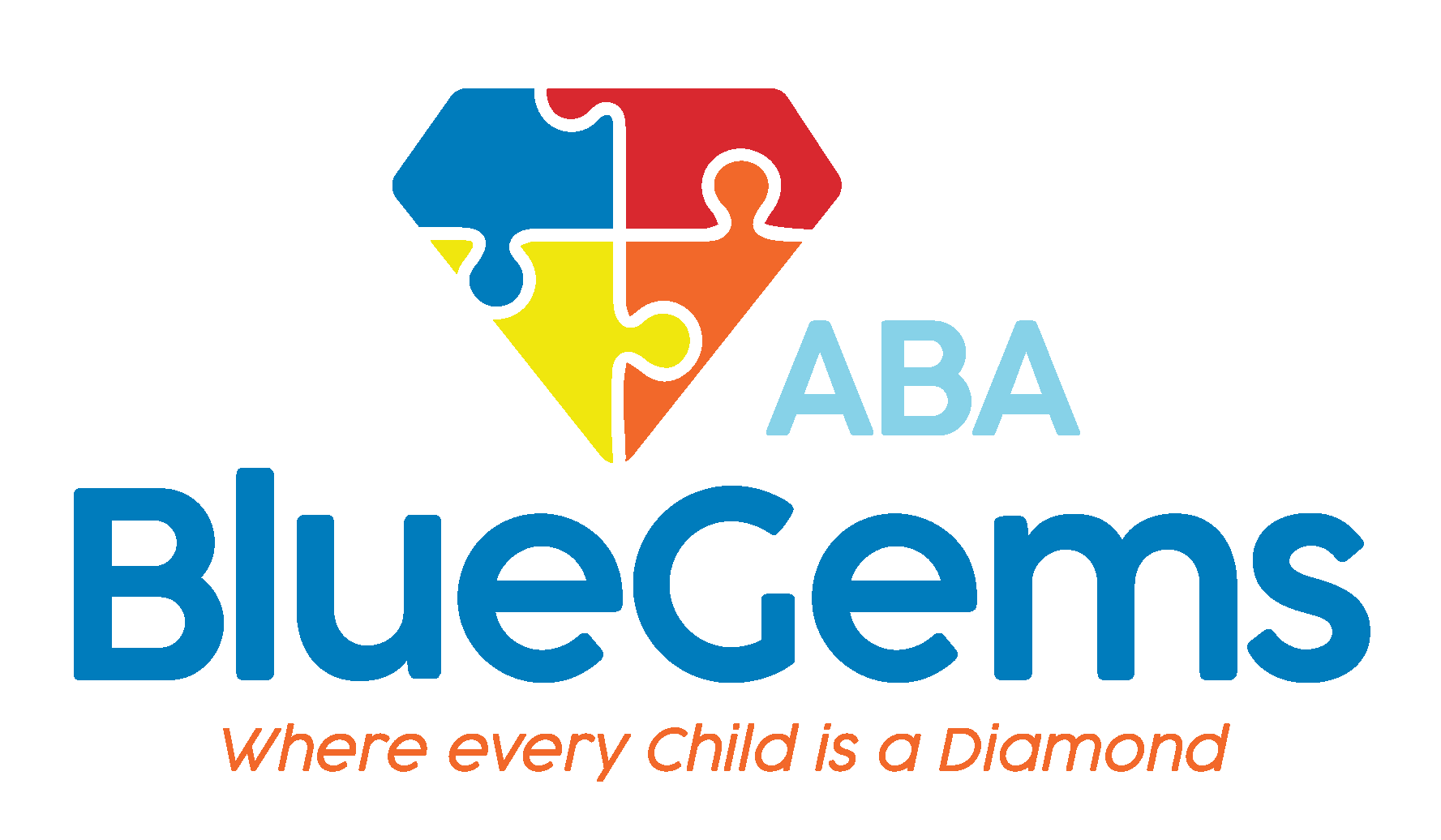How Many ABA Hours Are Needed?
Many children who have been diagnosed with Autism Spectrum Disorder find success with applied behavior analysis treatments. Also known as ABA therapy, this personalized and flexible treatment plan helps children with ASD improve their communication skills and build other skills that they’ll need to succeed in life.
Learn more about what ABA therapy is
Doctors and ASD specialists today recommend ABA therapy because it uses a scientific approach to produce effective results. In addition, it integrates family members into the process, which helps them support their children outside of therapy sessions.
Parents may wonder how many ABA hours are needed for their children to build the skills the treatment works on. While the answer to that question may vary — since every child with autism is unique — generally speaking, children typically require between 10 and 30 hours of ABA therapy per week.
That may sound like a lot, but the repetition is important so that children with ASD can grasp what is being taught to them.
Below, we’ll dive deeper into why so many ABA hours are needed, how long ABA Therapy takes to work, how often ABA Therapy takes place, and what goes into determining the plan for each individual child.
Table Of Contents
Why So Many ABA Hours Are Needed
Some parents might experience “sticker shock” when they’re told that their child could need up to 30 hours of ABA therapy per week to produce effective and long-lasting results. It’s important that parents know that ABA therapy is more of a long-term investment than it is a “quick fix.”
ABA therapy is usually characterized as intensive. It involves a lot of one-on-one work between the ABA therapist and the child, and also integrates family members into the equation so that they can learn how best to support the child.
The treatment has been proven most effective when ABA therapists are able to work with patients as early as possible, and as much as possible. Ideally, the ABA therapy would begin not long after a child is diagnosed with ABA, and they would be exposed to a good amount of the therapy on a consistent basis.
The goal of ABA therapy, after all, is to give children with ASD the best life they possible can get. This is achieved most readily when ABA therapists are able to spend ample time with their patients from a young age.
That many hours per week might seem like a full-time for children. The thing to keep in mind, though, is that children are constantly “working” while they’re young — learning not just classroom materials but about how things in the world around them work.
Children with autism often need help with this learning and how they should respond to what they see, hear, feel and experience. That’s the goal of ABA therapy — to provide that ongoing assistance as children with autism learn about the world around them.
How ABA Therapy Hours Are Determined
As mentioned before, each child with autism is unique. So, while ABA therapy has a similar approach for every child, the treatment is also catered specifically to their individual needs. And this includes how many ABA hours are needed.
The first step in ABA therapy is for a certified behavior analyst to evaluate the child to determine what skills they currently have, and where they might need help. The data that is gathered from this analysis can then be examined, which helps the behavior analyst estimate how many ABA hours are needed.
There are a number of factors that will help to guide this suggestion. This includes a child’s age as well as the age they were diagnosed with ASD, their current skill level, their type of diagnosis, the child’s background and other potential medical needs, and much more.
Using this information, the behavior analyst will be able to come to a conclusion about how many ABA hours the child might need to succeed. From this, they will then be able to come up with a full treatment plan.
Much of this determination will be based on what goals the behavior analyst and the parents feel the child needs to achieve. The more goals — and/or the more intensive the goals will be — the more ABA hours are needed, generally speaking.
Will ABA Hours Always Remain the Same?
The short answer to this question is — maybe, and maybe not. A big part of ABA therapy is a constant re-assessment of how the child is responding to the treatment.
What this does is allow the behavior analyst to examine what progress the child is making toward the goals, and what other needs the child may have. It’s possible that if the child makes significant progress over a long period of time, the behavior analyst may recommend a reduction in ABA hours. Conversely, if the child isn’t making sufficient progress — or if more needs arise — then additional ABA hours might be needed.
Behavior analysts will always collaborate with the child’s parents and/or caregivers to review the child’s progress and what the recommended plan going forward is. In this way, everyone can be on the same page, which ultimately benefits the child the most.
Work with a Trusted ABA Therapy Provider
Since there is no one-size-fits-all ABA treatment plan, it’s important to work with an ABA therapy provider that has years of experience. A provider with a wealth of knowledge and experience will be more qualified to develop a unique and personalized ABA treatment plan for your child.
The professionals at Blue Gems ABA have been providing ABA therapy services to children for years, with many success stories to their name. If your child has been diagnosed with autism and you’re looking for an ABA therapy provider — or if you are interested in having your child assessed for autism — contact us today.




